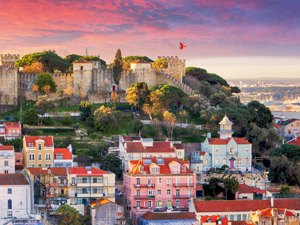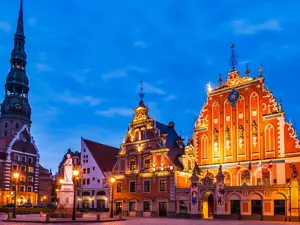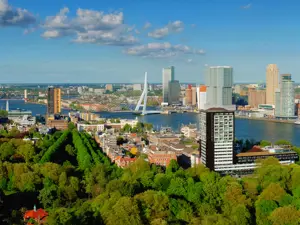
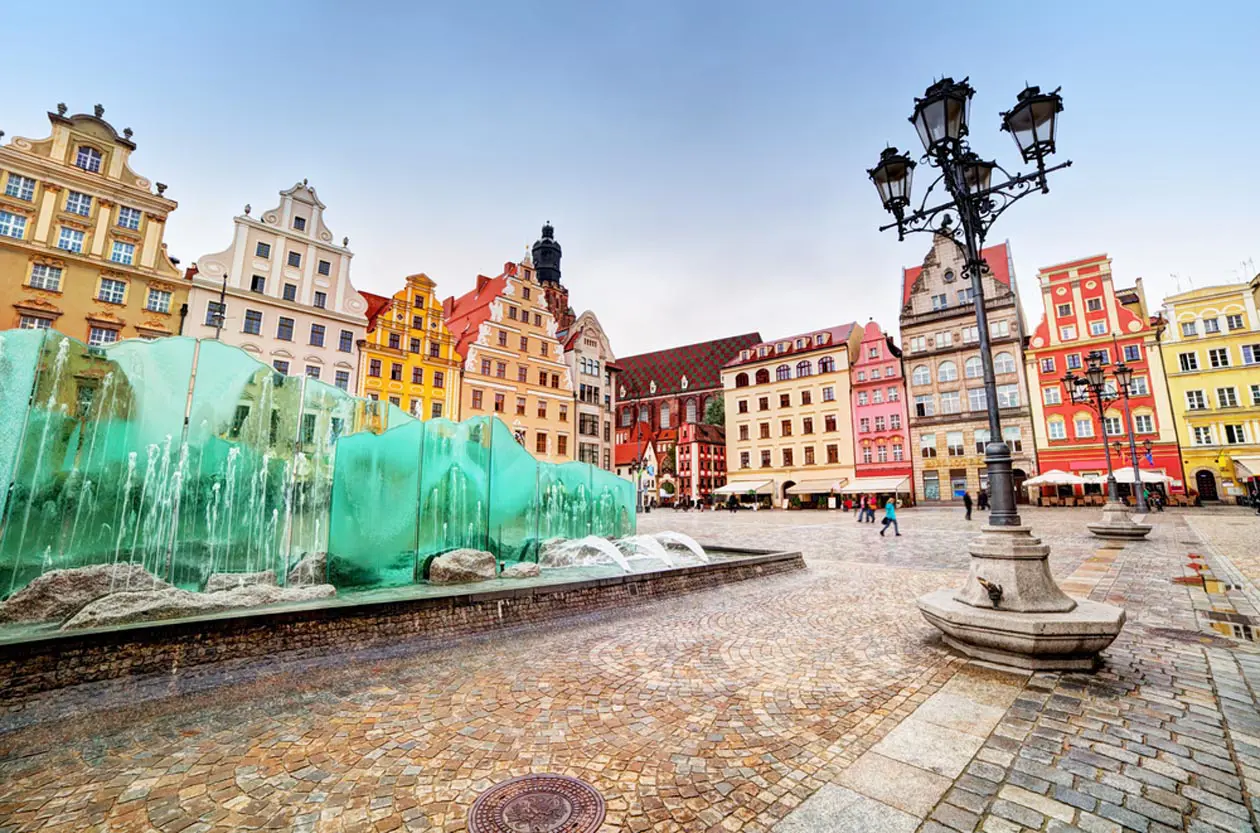 Market Square of Wroclaw Copyright © Sisterscom.com, Shutterstock
Market Square of Wroclaw Copyright © Sisterscom.com, Shutterstock 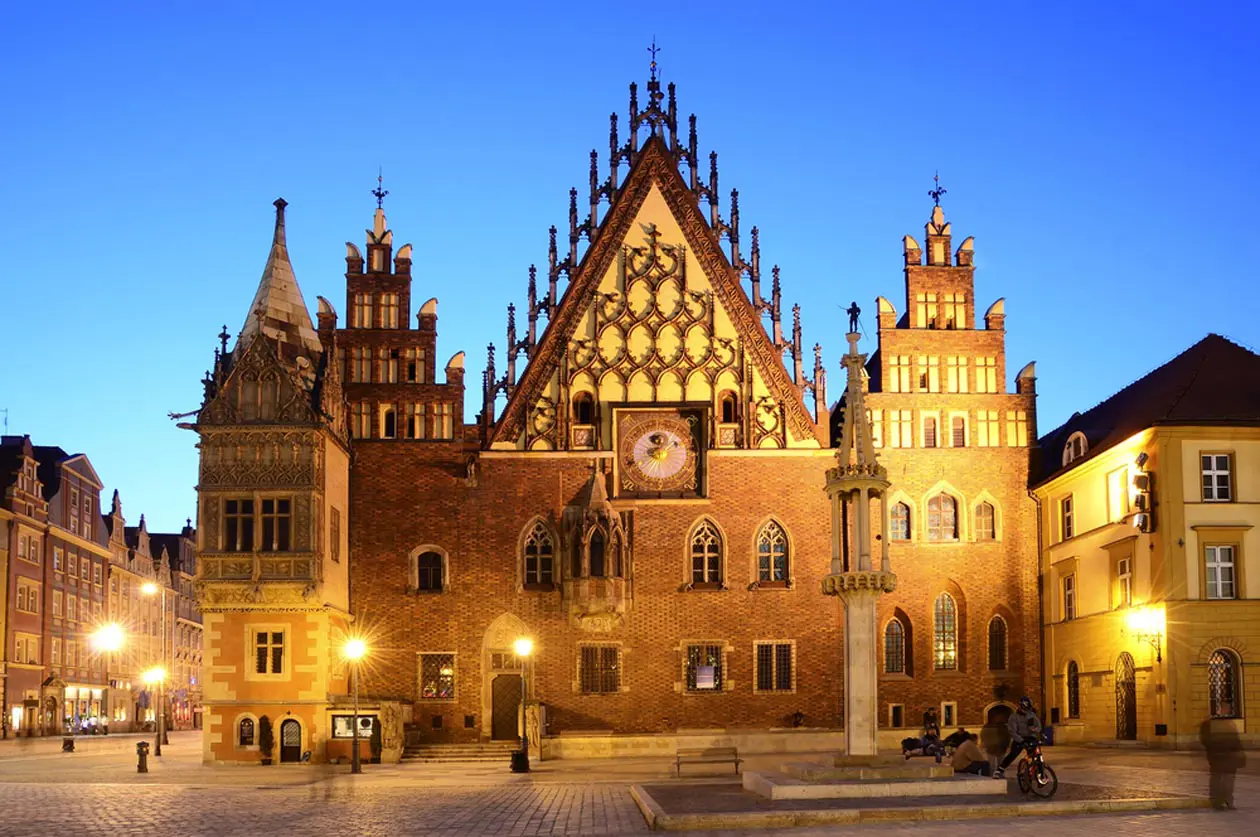 The City Hall of Wroclaw Copyright © Sisterscom.com, Shutterstock
The City Hall of Wroclaw Copyright © Sisterscom.com, Shutterstock 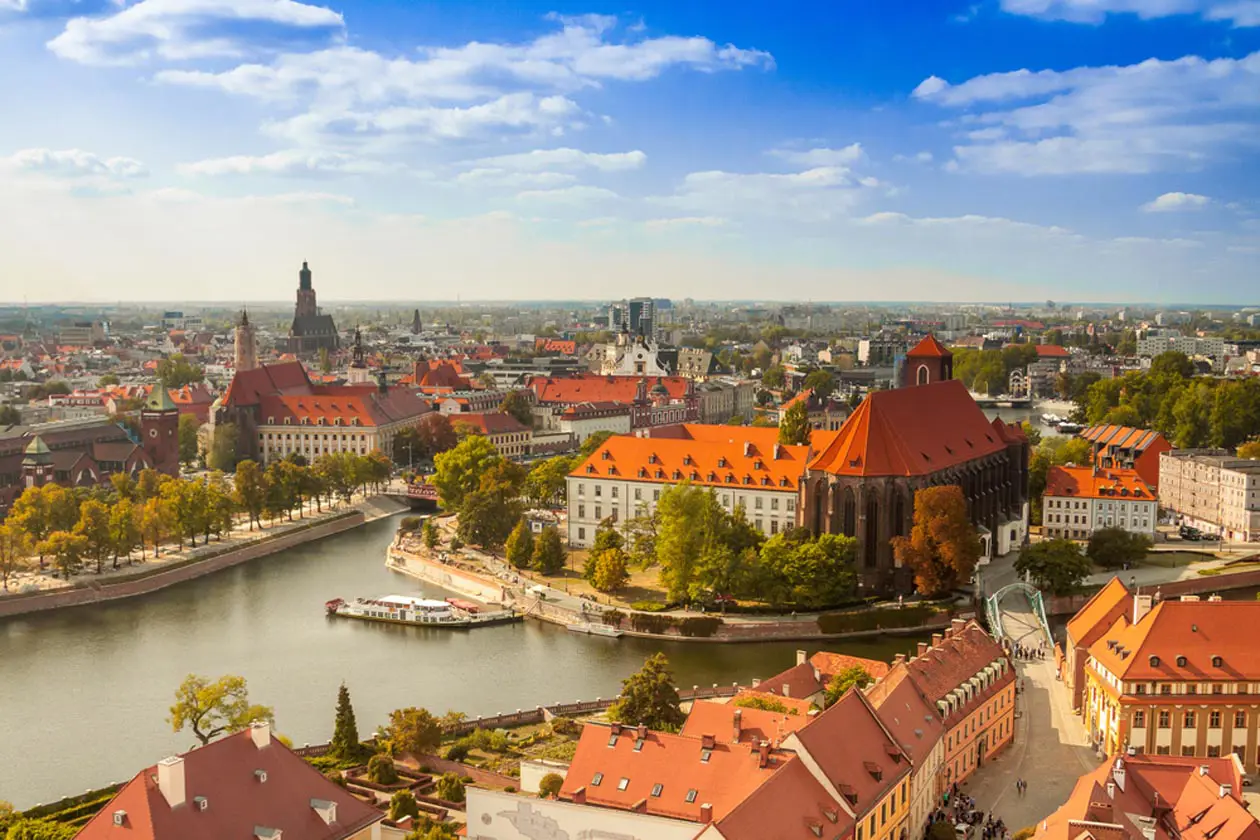
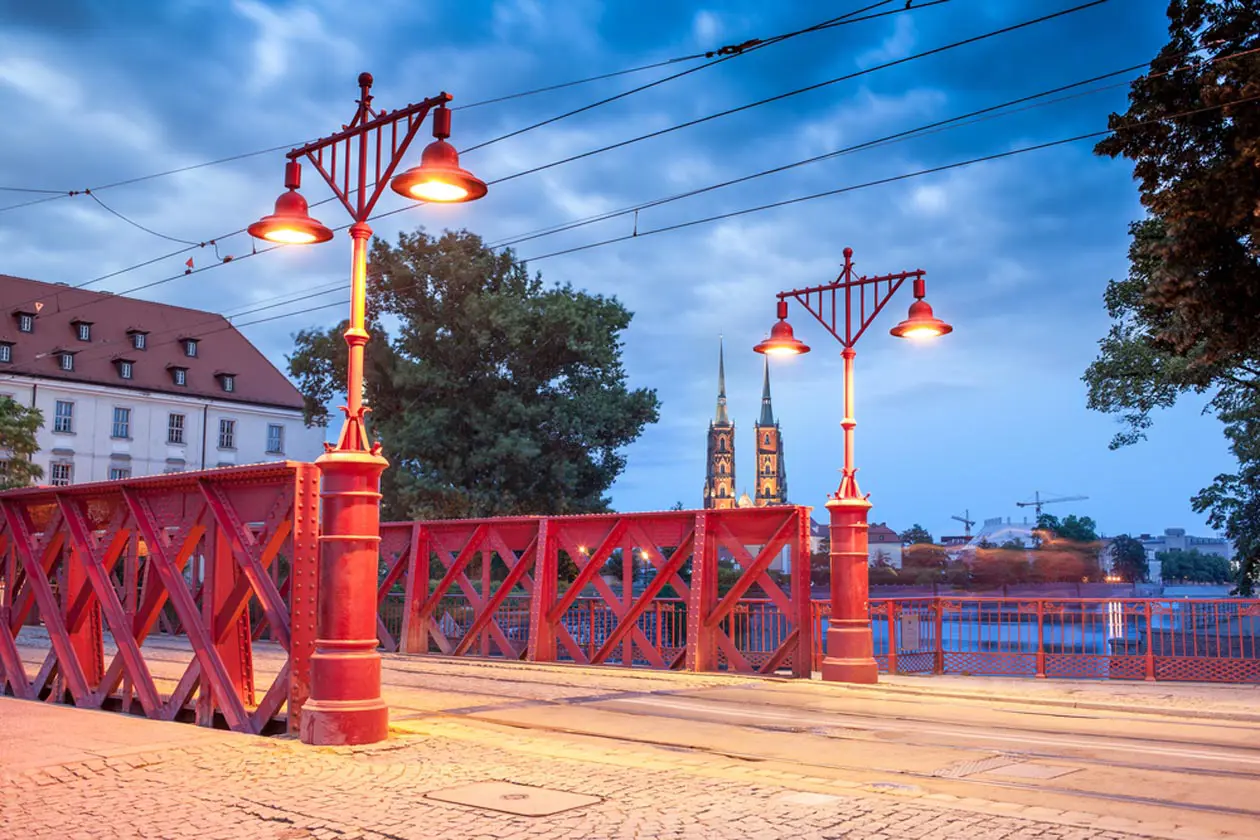
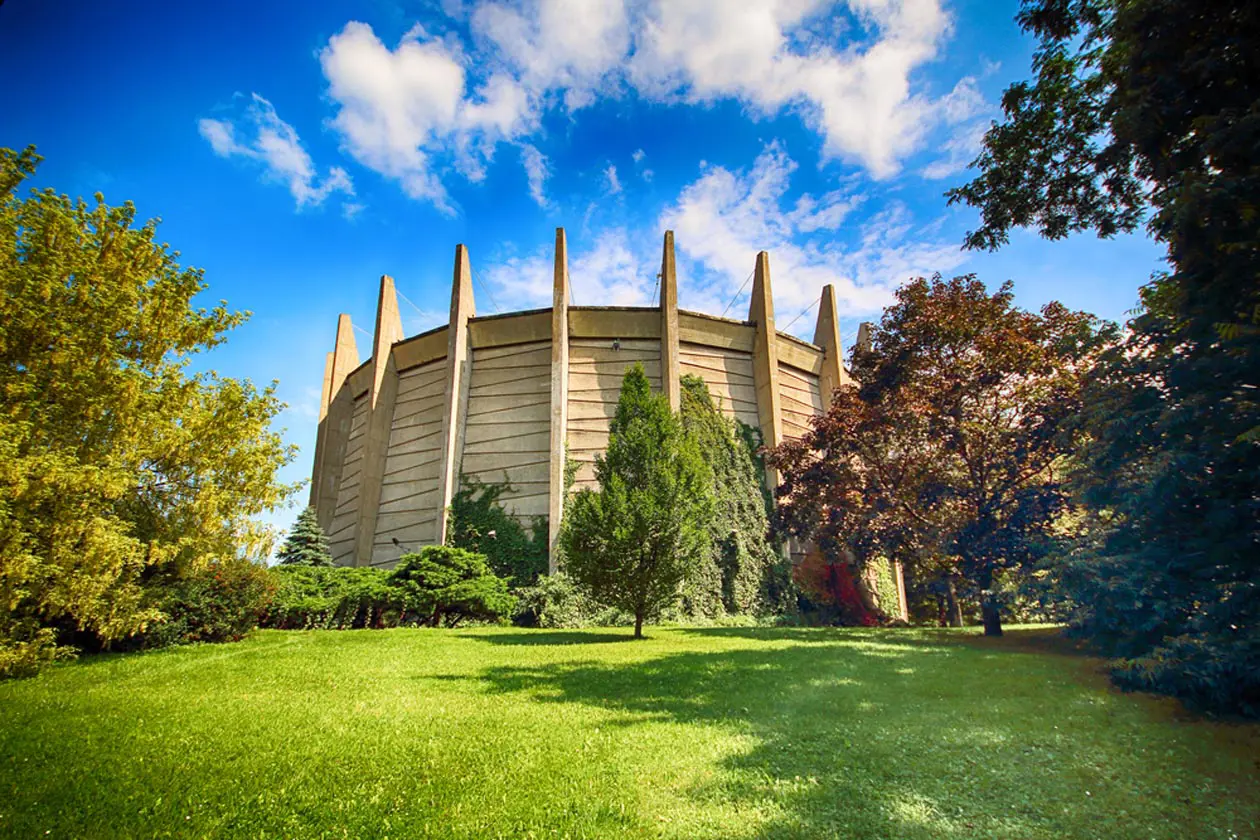

Text by Lisa Maria River


The Market Square is the heart of Wroclaw and is the greatest urban layouts of its kind in Europe. Traced in 13th century is the second main square in size in Poland (208x175 m). The square is surrounded with sixty five beautiful, antique houses with different name. In the centre of the square there is City Hall, an unique monument of lay, Gothic architecture. In the evening, the Market Square in Wroclaw changes into a bustling and busy centre, where you can enjoy your time in numerous restaurants, cafes and gardens.

The University is situated in the largest Baroque building complex of the city, consisting of a former Jesuit college and church. It is the oldest school in Wroclaw, in 2002 it celebrated its 300th anniversary. The main building houses the Museum of the University of Wroclaw, where is the gem of Lower Silesian baroque - the Aula Leopoldina. Lovers of sciences will certainly be interested in the former astronomic observatory, situated in the Mathematical Tower, and its old equipment, a fourteenth-century astrolabe, celestial globe dating from the 16th century, a sundial from F. Longchamps de Berier.

One of the must-see objects is the Racławice Panorama; visited daily by about 1600 guests is the largest painting in Poland, a masterpiece. The piece is 15x120 metres. Painted by Jan Styka and Wojciech Kossak, it commemorates the hundredth anniversary of the Kościuszko Uprising. It is a unique representation of the battle of Racławice, of April the 4th 1794.

It is widely considered one of the most important works of the 20th century architecture. Previous name, Peoples Hall, it was designed by an outstanding architect, Max Berg and it was built in 1913, for the occasion of a hundredth anniversary of battle of Leipzig. This ferroconcrete structure has a vault 1.5 times larger than the dome of the Roman Pantheon, and the weight of the Hall is only 42% of the mass of the Pantheon. It is the place of both regional and international congresses, as well as commercial, sports and cultural events.

The National Museum in Wroclaw occupies the building designed by architect Karl Friedrich Endell and erected between 1883 and 1886. Museum was established on 28 March 1947 as the State Museum and on 11 July 1948 it was officially inaugurated to the public. The oldest collections come from previous German museums and certain sacral objects of Wroclaw and the Lower Silesia. Subsequently new collections were created.

The Museum of Archeology was established in 1815 initially with private and post-secular archeological collections. The museum houses monuments representing all epochs and periods, from the late Stone Age (500,000 years ago) to modern times (19th century). The museum continues to expand its collection with objects from the excavations that preceded the renovation of Wroclaw's Old Town. The museum is one of the oldest of its kind in Europe.


From Wroclaw you can take an excursion of about 8 hours to discover the most famous places of the Lower Silesia region. Admire the Churches of Peace in Jawor and Swidnica, declared World Heritage Sites by UNESCO, and finally the magnificent Ksiaz Castle, the third largest in Poland dating back to the 13th century with French-style towers and terraces and gardens.














